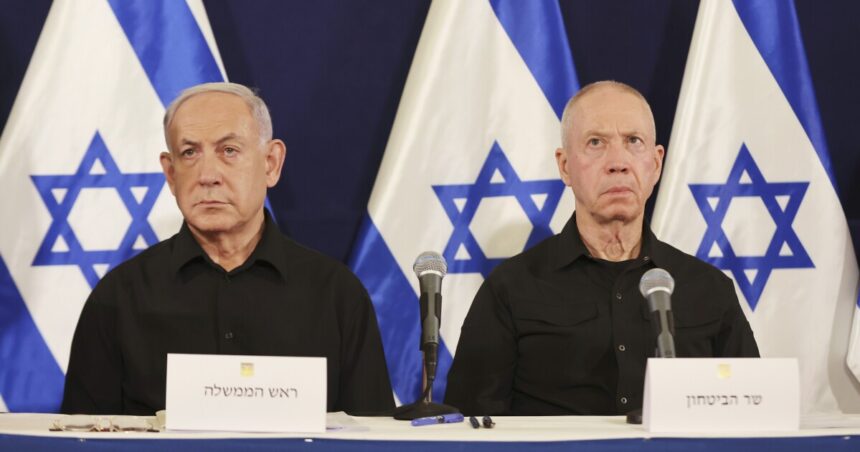Tensions continue to rise in the Middle East following the recent killings of top leaders in Hezbollah and Hamas.
Iran and the allied Lebanese Hezbollah group have vowed to launch retaliatory strikes on Israel in response to the alleged assassinations. The U.S. is working to de-escalate tensions in the region as negotiators gear up to resume cease-fire talks on Thursday.
RELATED STORY | Israel carries out rare strike on Beirut that it says killed Hezbollah commander
When Iran attempted to attack Israel in April, the attack was largely unsuccessful as all of Iran’s drones were shot down by the U.S., Israel, and other countries. However, in that instance, Tehran refrained from activating its proxies in Lebanon.
The White House is now worried that if Iran and Hezbollah decide to strike simultaneously, the outcome could be very different. The deputy leader of Lebanese Hezbollah has stated that his militants are ready for a full-scale conflict with Israel, a scenario that has not occurred between the two sides in nearly two decades.
RELATED STORY | This is how Israel would defend itself against new missile attacks from Iran or others
Although the 2006 clash between Israel and Hezbollah ended in a stalemate, Iran and its allies have since strengthened their arsenal. Hezbollah reportedly now possesses over 150,000 rockets, including some precision-guided missiles. The Israel Defense Forces estimate that Hezbollah’s fighting force consists of 25,000 full-time fighters with tens of thousands more in reserve.
In terms of conventional warfare, Israel still holds a significant advantage over Hezbollah. Nevertheless, Israeli Prime Minister Benjamin Netanyahu is aware that if the enemy along the northern border attacks, they are likely to engage in guerilla warfare and use Israeli soldiers as hostages.





